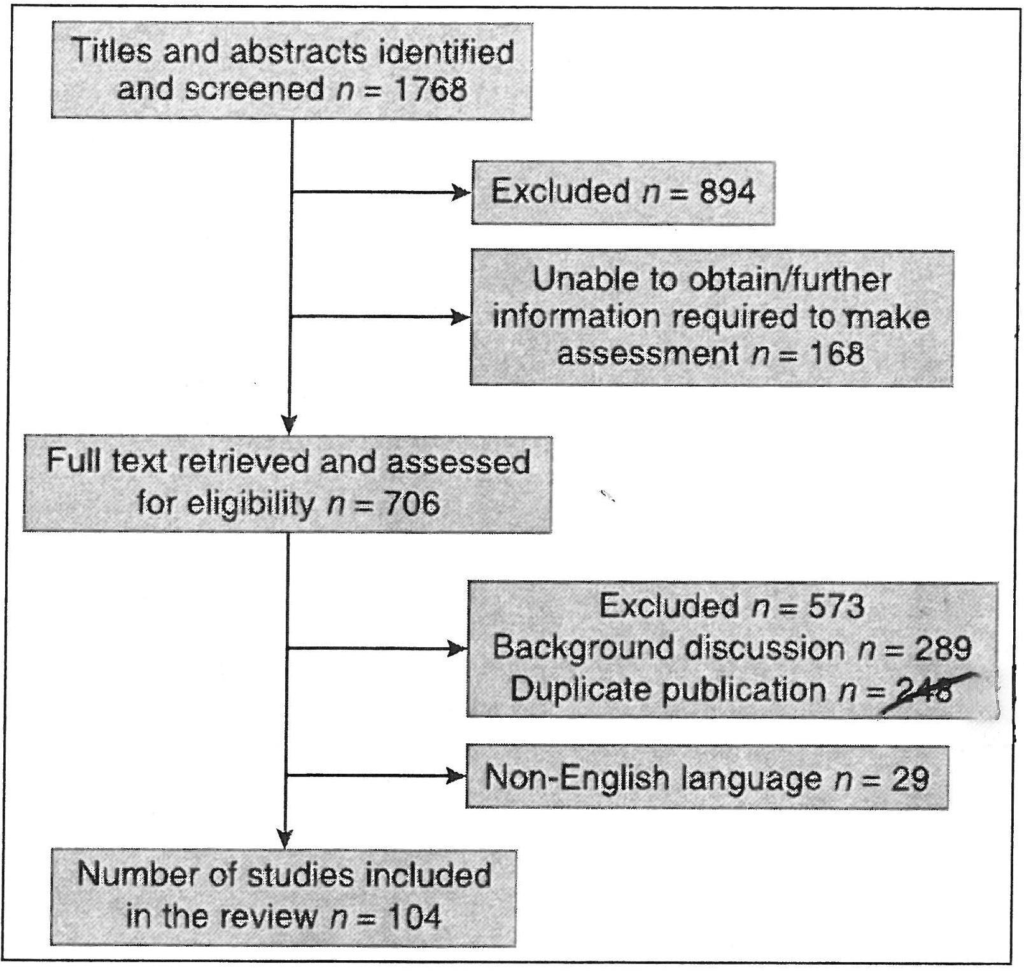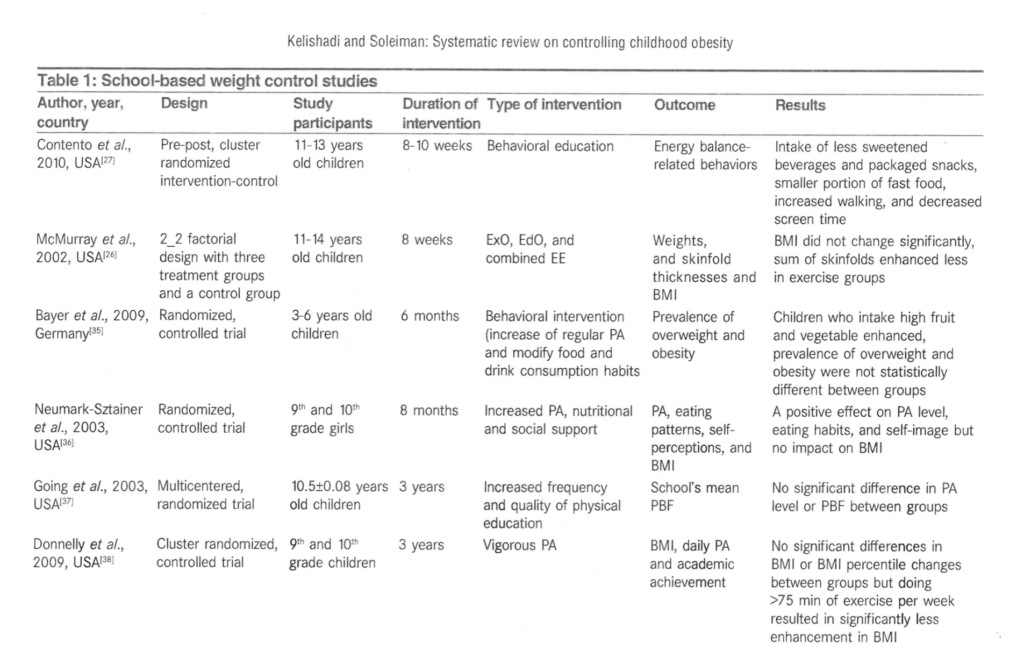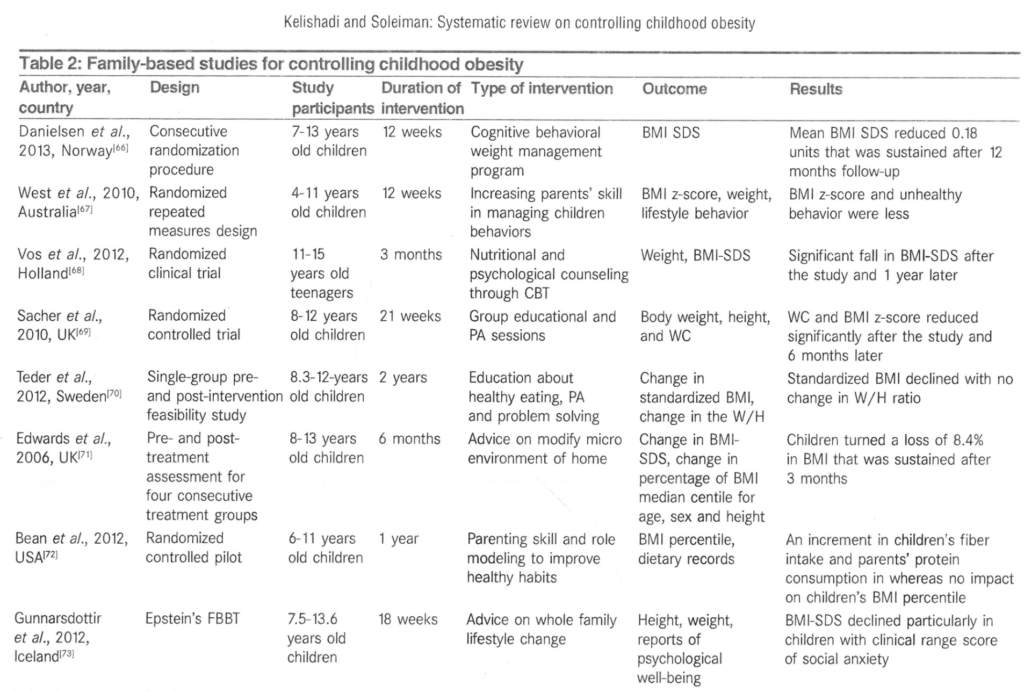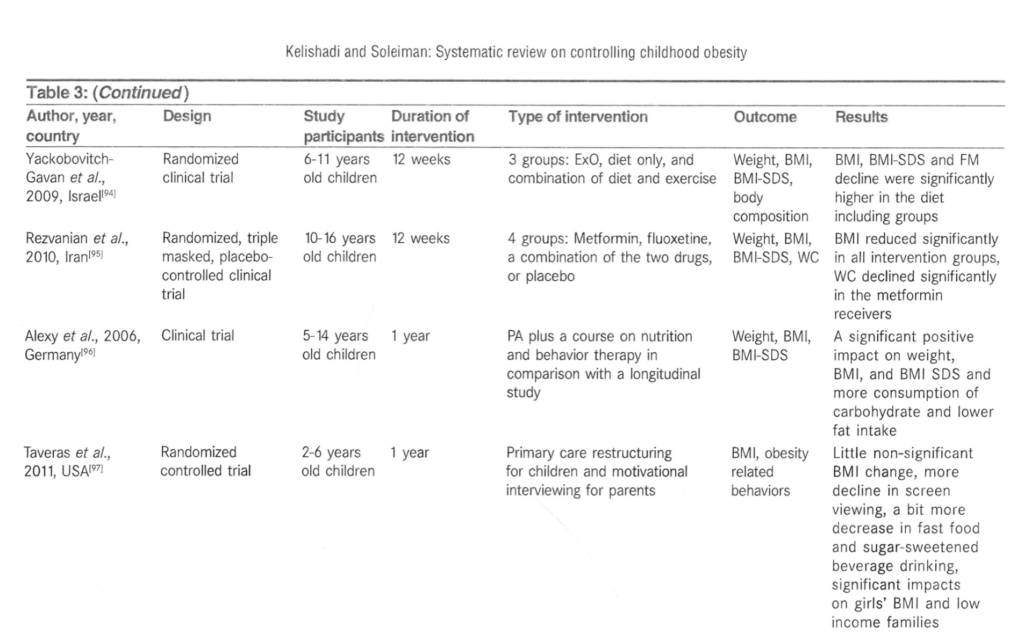An overview based on a series of guidelines published in Joanna Briggs Library
Author Notes
Aromataris, E., & Pearson, A. (2014). The systematic review: An overview. AJN 114(3), 53-58. https://doi.org/10.1097/01.NAJ.0000444496.24228.2c
Stern, C., Jordan, Z., & McArthur, A. (2014). Developing the review question and inclusion criteria. AJN 114(4), 53-56. https//doi: https://doi.org/10.1097/01.naj.0000445689.67800.86
Aromataris, E., & Riitano, D. (2014). Constructing a search strategy and searching evidence. AJN 114(5), 49-56. https://doi.org/10.1097/01.naj.0000446779.99522.f6
Porritt, K., Gomersall, J., & Lockwodd, C. (2014). Study selection and critical appraisal: An overview. AJN 114(6), 47-52. https://doi.org/10.1097/01.NAJ.0000450430.97383.64
Munn, Z., Tufanaru, C., & Aromataris, E. (2014). Data extraction and synthesis. AJN 114(7), 49-54. https://doi.org/10.1097/01.NAJ.0000451683.66447.89
Robertson-Malt, S. (2014). Presenting and interpreting findings. AJN 114(8), 49-54. https://doi.org/10.1097/01.NAJ.0000453044.01124.59
A systematic review is a study that summarizes all of the evidence relevant to a question and focuses on research that reports data (quantitative or qualitative or mixed) . Then, a reliable SR evaluates and (hopefully) synthesizes the results of induvial studies.
Systematics reviews differ from literature reviews because the SR is an attempt to uncover all the studies, published and unpublished (information produced by government agencies, industry, academic institution dissertation, proceeding of conferences ) and to synthesize their results. Although, a literature review presents general knowledge about a topic and/or describes the history of the development of knowledge. Consequently, a LR relies heavily on the author’s knowledge and experiences and the references are chosen selectively from the evidence available so there is risk for bias or systematic error.
The steps of a systematic review are
- clearly articulate the question to be addressed
- inclusion criteria that determine the eligibility of the studies
- a comprehensible search to identify all relevant studies published and unpublished
- appraisal of the quality of included studies , assessment of the validity of their results and exclusion of studies based on quality
- analysis of data extracted from the remaining studies
- presentation and statistical synthesis of the findings extracted
- transparent reporting of the methodology and the methods used to conduct the review
The steps are conducted by independent reviewers reducing the risk of subjective interpretation and other inaccuracies.
- A clear question won’t only guide the reviewers in conducting the review, it will also help readers to discern whether or not they should read it and it will facilitate indexing in various databases. The question should incorporate the 4 elements included in the PICO mnemonic (Population to be investigated, Intervention(s) and their variations if such variations are included in the review, Comparison of interventions and clear presentation of the Outcome).
When developing the review question reviewers should consider:
- How general the review will be with regard to the population
- The experimental and control interventions (for example drug therapy used for…)
- Any variation of the intervention and whether studies involving such variations will be included
- The outcomes may include mortality, clinical events, burdens, economic outcomes, beneficial effects
- RCTs addressing part of the intervention or combined with another intervention will be included
A helpful review question lays the foundation for the development of a protocol
2. Inclusion criteria
| the types of study (RCT, cohort, ethnographic studies) |
| intervention/activity/phenomenon studied |
| the outcome |
| the population under investigation |
| Language of the publication studied |
| Time period |
The following aspects should be addressed:
3. Constructing a search strategy and searching for evidence
- Determine alternative terms of synonyms for the identification concept by looking at the titles and abstract of some retrieved articles. You find key term concepts that are important
- Use MeSH (Medical Subject Headings) terms that control vocabulary in MEDLINE. Search for each index term in Mesh
- Retrieve a few articles to see how they were indexed using the controlled vocabulary. The results displayed, scroll through, click on the title of any eligible paper follow the link to the MeSH’s terms and examine which ones were used
- Also search for key terms in the titles of abstract of the articles
- Add search-field descriptors
- Once all search terms have been finalized a second search can be undertaken across all selected citation database.
- Search each column of the logic grid that contain the concepts of the question, individually
- Use advanced option which displays “search history” and perform combination of individual searches by using Boolean indicators.
- Go to other databases (modifying some symbols)
- Search for Gray Literature (“produced at all levels of government, academics, business and industry in electronic and print formats not controlled by commercial publishing”)
- Results export to EndNote
4. Study selection and critical appraisal
At least two reviewers choose the studies identified in the search and then appraise their evidence.
In the first phase of study selection all inclusion criteria the report of the design of the study, the measurement of the outcomes must be carefully checked.
Then reviewers read the whole text of the remaining studies assessing the effectiveness of intervention. The ranking of evidence of intervention is generally linked to study design and the ability to generalize the results.
The purpose of critical appraisal is twofold: the exclusion of poor studies and the highlight of the weaknesses of the included studies.
The critical appraisal assesses how well a causal relationship between intervention and outcomes can be inferred from the findings.
Four types of bias, allocation, attrition, performance, and detection may affect the internal validity, although the selection of the sample may affect the external validity (generalization).
The bias can be addressed by questions asked in the study selection process (blinding, randomization, concealment of the treatment groups from both participants, sample characteristics its contexts, and more).
5. Data extraction and synthesis
In systematic reviews of quantitative data, synthesis usually appears as meta-analysis which systematically combines and assesses the results of a number of studies with an aim of producing an overall summary. This statistical method is better than any other method because it generates a more precise estimate of the magnitude of effect on the outcomes of interest taking into consideration the appraisal of studies.
In a meta-analysis, there are citations details, study design, characteristics of the participants, methods used in the analysis. Descriptive data ae important to the reviewers during the extraction process; they may wish to refer to such information when looking for similarities or differences in methodology as they interpret results in the synthesis.
A meta-analysis offers
| Increased statistical power as a statistical method over other methods |
| Greater precision on the magnitude of the effect |
| Ability to investigate reasons for variation between studies |
| Ability to weight information from studies according to the amount and significance of information they contribute to the analysis, more specifically by the inverse variance of their effect estimates. Thus, studies with more precise results , i.e., narrower confidence intervals, have more weight. |
| Ability to investigate differences between studies and set conflicting claims |
6. Presenting and interpreting findings
The flow diagram is necessary. Which are the included studies (PICO) and why some others are excluded in the second screening phase. If there is a high degree of heterogeneity results in giving a narrative summary. Description of bias. Grade, i.e., assessing levels of evidence to recommendations (strong and week).
An example of a Systematic Review
The Question
What are the most effective interventions for prevention and control of childhood and adolescence obesity?
Kelishadi, R., & Azizi-Soleiman, F. (2014). Controlling childhood obesity. Journal of Research in Medical Sciences, 19, 993-1008.
The purpose of this investigation was to systematically review the effects of various clinical-, family-, and school -based interventions targeting the control of childhood obesity and suggest for future interventions.
Relevant literature reporting the intervention for controlling excess weight in children and adolescents was identified through electronic search of papers published from 2000 to 2012 in the universally reliable databases.
Keywords “childhood obesity”, “weight disorder”, “ overweight”, “ obesity intervention”, “obesity treatment ”, “ management”, “control ”, “ PA”, “nutrition ”, “behavior therapy ”, “diet therapy ”
Population: 2-18-year-old children and adolescents
Intervention: Family-, School-, Clinical- based treatments or combination of them
Comparison of school-, family-, clinical-based treatments
Outcomes: Anthropometry body composition , PA , Healthy Eating behavior
Language: English
Time of publications: 2000-2012
The flow-chart

Data extraction:
- General characteristics of the study (author’s name, publication year, study design, sampling method)
- Type and duration of the intervention
- Main findings

Table 1 shows school-based obesity prevention and control programs. They are effective because students spend a considerable part of their time in school and additionally teachers and peers can be engaged in such interventions. They can change dietary habits in a large group and increase PA through structured programs. School based obesity programs have effects that will be preserved for many years
BIAS non-randomized selection of schools, non-masking of groups, larger studies with long term follow-up must be realized, have not evaluated the effects of intervention on anthropometric measures

Table 2 shows family-based obesity prevention and control programs ae considered as one of the most successful methods. Because families are able to construct children’s lifestyle habits through parenting style and management of family functioning
BIAS small samples, high dropout rate, no-follow up data.

Table 3 shows clinical-based obesity prevention and control programs. All intervention consisted of nutrition, exercise and counseling Motivational interviews positive reinforcement high protein diets
BIAS lack of comparison with control group, short term follow-up of participants and the uncertain sustainability of the control
At the end the authors did not perform any Mata-Analysis test but they presented a narrative summary of the studies.
